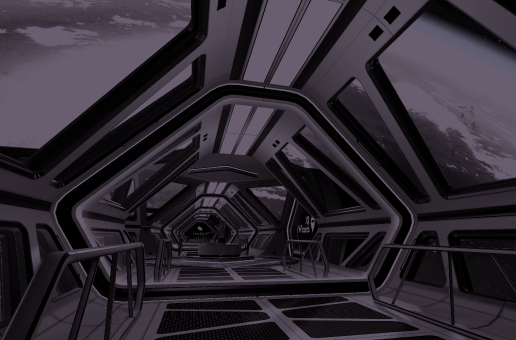Table of Contents:
With the introduction of virtual reality (VR) in educational training, the role of instructors is undergoing a transformation. New technologies necessitate the acquisition of both soft and hard skills, as VR presents novel opportunities for skill development and immersive learning experiences. These include simulating realistic scenarios to enhance practical skills, integrating gamification into training processes, and bridging geographical gaps to provide individuals from remote areas with access to high-quality training. In this article, we will delve deeper into this subject and invite you to explore further.
Evolution of Training Methods
In the past, traditional training relied heavily on textbooks and lectures. However, the advent of computers and the internet ushered in a significant shift in educational approaches. Trainers began utilizing tools such as online platforms, interactive whiteboards, and multimedia resources to enhance engagement and facilitate quicker access to information. This transition not only benefited learners but also necessitated trainers to adapt to new technological advancements, requiring them to develop digital competencies. Now, with the integration of VR technology into training environments, further changes are on the horizon.
VR technology in classrooms – this is the future that slowly becomes the present. With it, the nature of the classes changes. Teachers & Trainers get the opportunity to simulate real-life scenarios and train their students in practice. They can eliminate distractions through full immersion into the virtual classroom, creating the best conditions for the students. It even becomes possible to break the barriers of the typical remote education that we all suffered from during the COVID-19 pandemic. But, with all these opportunities comes a challenge – the teachers need to adapt to the new circumstances.
Unlock the future with Mazer: Your innovation partner.
VR Technology in Training Environments
The incorporation of VR technology into training environments marks a paradigm shift. Instructors now have the ability to create immersive, real-life simulations for practical training. VR facilitates full immersion, allowing trainers to eliminate distractions and provide optimal learning conditions for participants. Moreover, it enables the overcoming of geographical barriers, offering remote learners access to interactive training experiences. However, this transition presents its own set of challenges, as trainers must adapt to these new circumstances.
Trainers Digital Competencies in the Age of VR
VR gives flexibility and the possibility to create vast amounts of new content. Yet, to utilize it effectively, teachers need to be willing to learn this tech and have vast amounts of creativity to create new content. What new soft skills should the trainers acquire to keep up with this evolution?
- Digital literacy – Trainers must grasp the fundamentals of VR technology and become proficient in navigating virtual platforms and environments.
- Technological adaptability – Apart from understanding VR, trainers must be capable of adapting to new technologies and changes within virtual reality solutions quickly.
- Creativity – While VR serves as a tool, it’s the trainer’s creativity that drives innovation. Trainers should explore novel ways to integrate VR and augmented reality (AR) into training methodologies to maximize engagement and effectiveness.
- Problem-solving – Critical thinking and problem-solving skills are essential for troubleshooting VR applications and swiftly addressing technical issues during training sessions.
These soft skills, complemented by traditional training competencies, should be integrated into pedagogical education programs to equip future trainers with the necessary capabilities to thrive in the VR-enabled training landscape.
Why Embrace VR in Training Environments?
Virtual reality brings many advantages to education. To understand why it’s important for teaching programs to adapt and prepare future educators with digital skills, let’s explore these benefits further.
Eliminating Distractions
Virtual reality help avoid off-task multitasking, a common distractor that prevents them from focusing on the lesson and acquiring knowledge. Three-dimensional graphics and gamification in VR attract their attention to the task and become motivators, leading to a better focus.
Read more on how VR and AR can eliminate education distractions.
Engagement and Enjoyment
By infusing elements of excitement and interactivity akin to video games, VR transforms training sessions into enjoyable, impactful learning experiences. Virtual reality can create excitement and add elements known from video games that will make the students enjoy the lessons more and, hence, absorb knowledge better.
Accessibility
VR breaks down geographical barriers, allowing learners from around the world to collaborate and interact effortlessly. This opens up access to top-notch training for everyone, leveling the playing field in education to those who would otherwise find it logistically impossible to get.
Conclusions
The world of education has changed over time, with VR being the newest development.The integration of VR technology marks the start of a new chapter in training methods, offering improved accessibility and engagement. But to fully unlock VR’s potential, trainers need to cultivate new soft skills like creativity, tech savvy, and problem-solving. This means educational programs must quickly adapt to empower trainers with these skills to make the most of VR in education and training
You may also read: 7 Ways Virtual Reality Is Being Used In Education
Unlock the future with Mazer: Your innovation partner.








